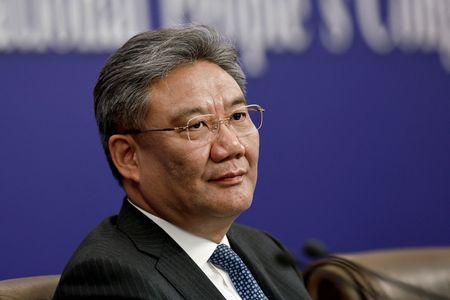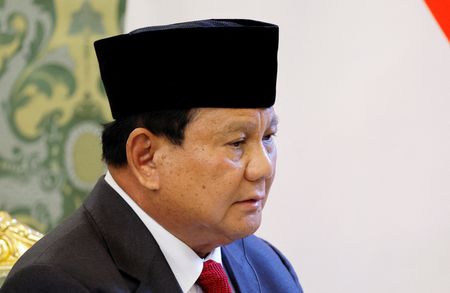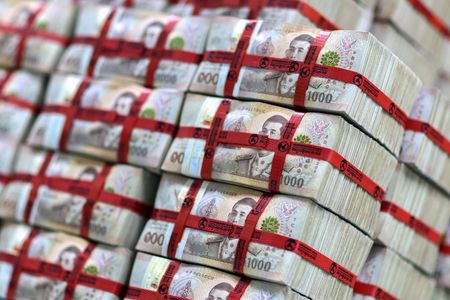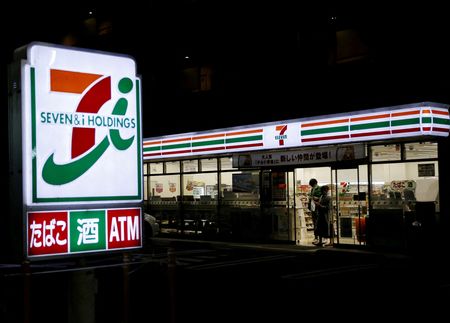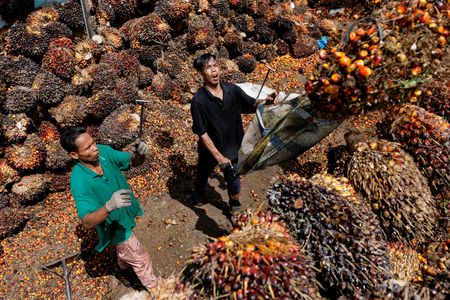By Pratima Desai
LONDON (Reuters) – A slow recovery in Chinese production, deficits, robust demand and dwindling inventories next year are likely to ensure aluminium prices outperform other metals traded on the London Metal Exchange.
The copper, zinc and nickel markets are expected to be effectively balanced next year and prices are likely to be steady or lower by the end of 2022.
Aluminium hit 13-year highs of $3,229 a tonne in October on the London Metal Exchange mainly due to shortfalls created by tight Chinese supplies and ballooning demand from the transport, packaging and construction industries after the lifting of coronavirus restrictions.
(Graphic on, LME aluminium stocks and prices: https://fingfx.thomsonreuters.com/gfx/ce/jnvweargnvw/LME%20aluminium%20stocks%20and%20prices.PNG)
Prices have since dropped 18% partly due to falling coal prices in China and traders selling their stocks on the expectation Russia will remove export taxes on the metal after December.
However, longer-term fundamentals are positive for prices.
“You have to make some pretty dramatic assumptions to get away from the fact that aluminium will be in deficit next year,” said Macquarie analyst Marcus Garvey.
“Aluminium stands out in that Chinese production is unlikely to quickly recover from current power disruptions, not until after the Winter Olympics in February.”
(Graphic on, Aluminium market balances -Macquarie: https://fingfx.thomsonreuters.com/gfx/ce/zgvomnyqovd/Aluminium%20market%20balances.PNG)
Macquarie expects the aluminium market deficit at 1.72 million tonnes next year following a shortfall of 1.46 million tonnes this year and further draws on global inventories.
(Graphic on, Aluminium inventories -Macquarie:https://fingfx.thomsonreuters.com/gfx/ce/zdpxoxjlwvx/aluminium%20inventorie.PNG )
China is estimated to have idled around 3.5 million tonnes of aluminium capacity this year due to power shortages and the country’s crackdown on polluting industries.
The top consumer and producer is forecast to account for about 55% of global aluminium production next year, estimated at around 69 million tonnes. But China is expected to consume significantly more than it produces.
(Graphic on, Aluminium production by country -USGS: https://fingfx.thomsonreuters.com/gfx/ce/znvnexqygpl/aluminium%20production%20by%20country.PNG )
Citi analysts see the aluminium market shortfall at 1.28 million tonnes next year and prices averaging $2,950 a tonne in the last quarter of 2022, up 7% from the same period this year.
“The carbon-intensive nature of aluminium smelting in the context of the world’s accelerated decarbonisation moves implies a persistent lack of supply growth…Our base case is for global stocks to draw two million tonnes during 2022 and 2023,” they said.
Energy typically accounts for up to 45% of aluminium production costs, but recent power shortages around the world have seen that number pushed higher, sometimes up to 55%.
(Graphic on, Aluminium price forecasts -Citi: https://fingfx.thomsonreuters.com/gfx/ce/gdpzymjzlvw/Citi’s%20aluminium%20price%20forecasts.PNG)
(Reporting by Pratima Desai; editing by Kirsten Donovan)



